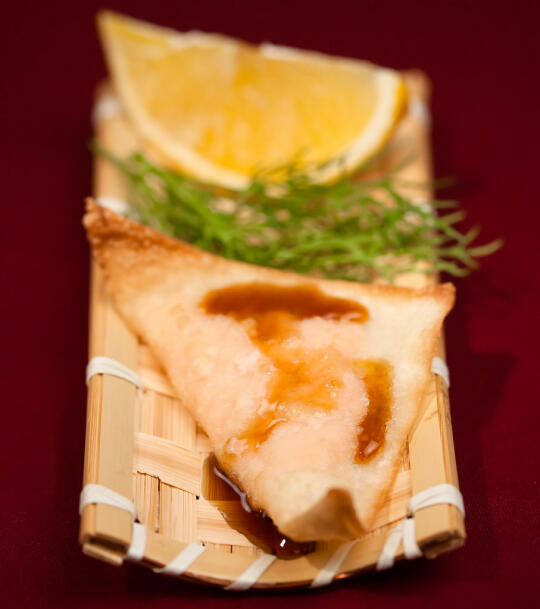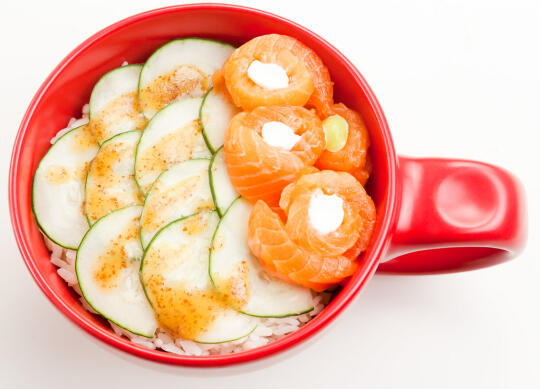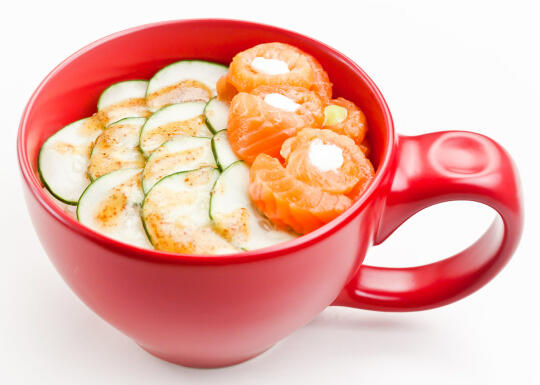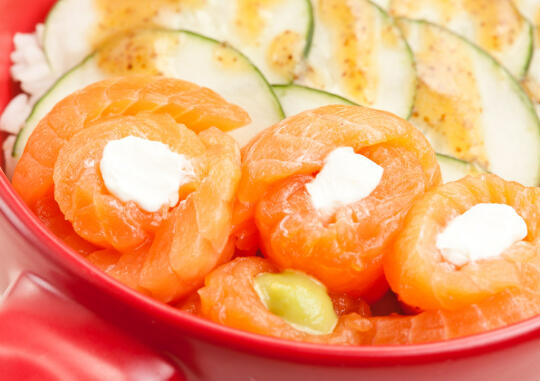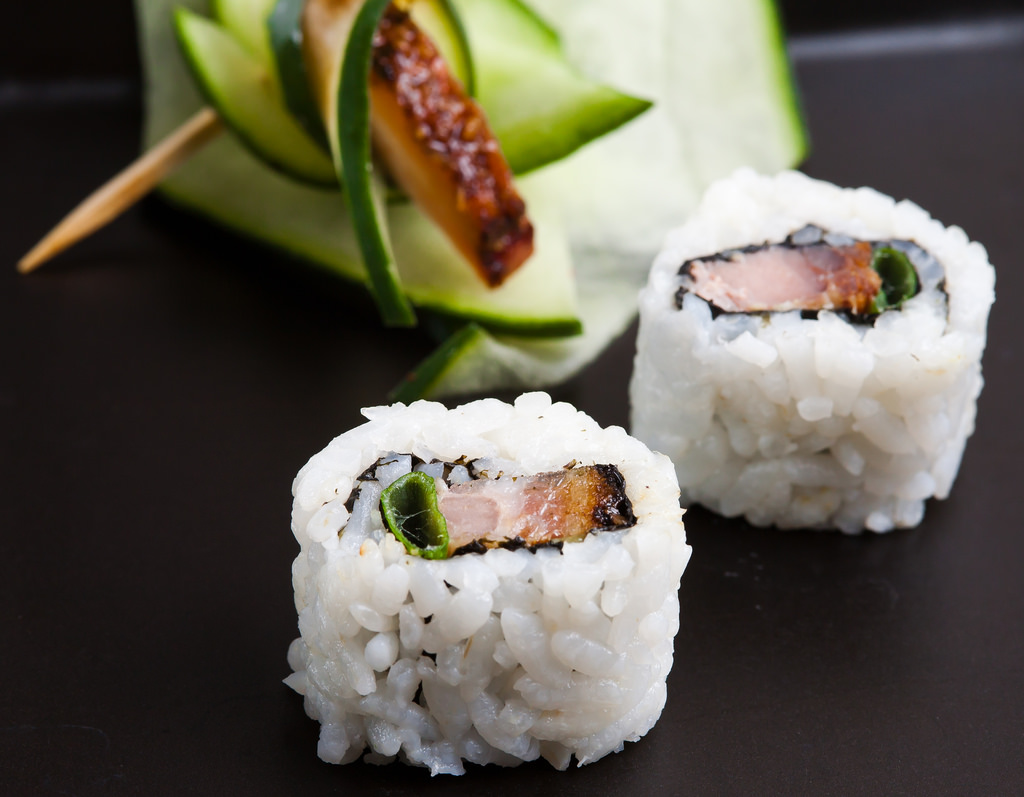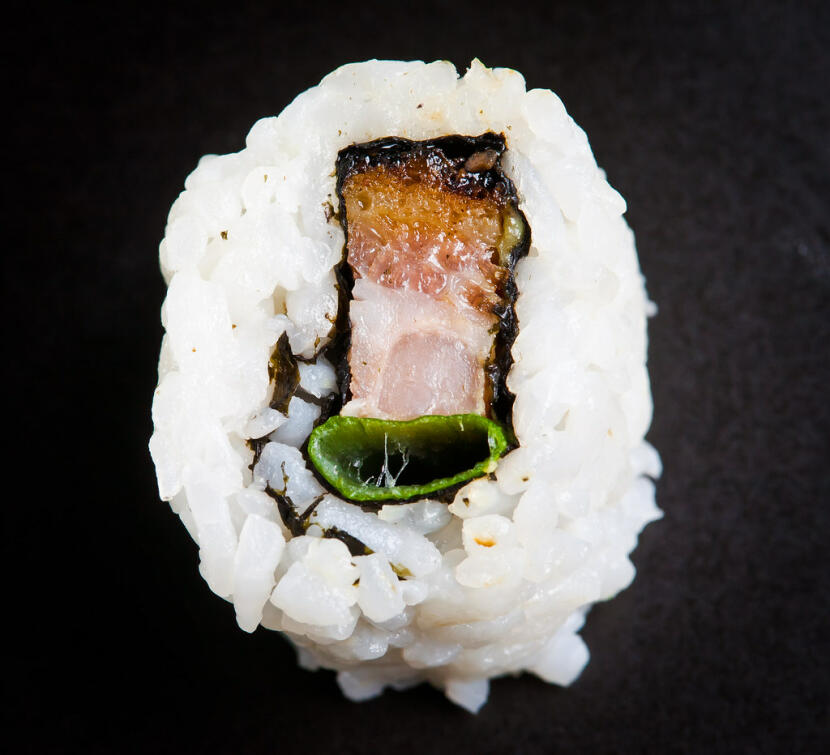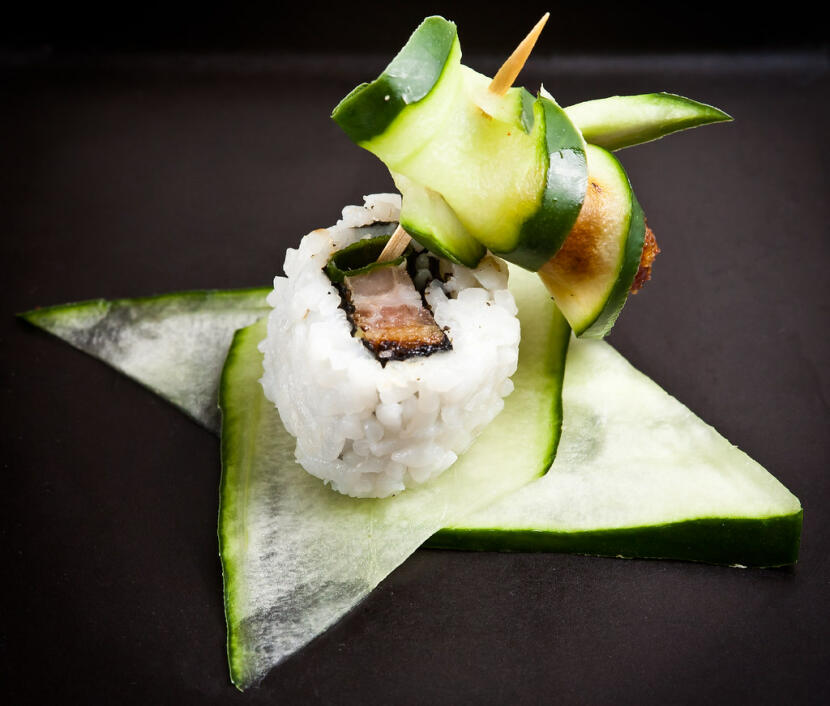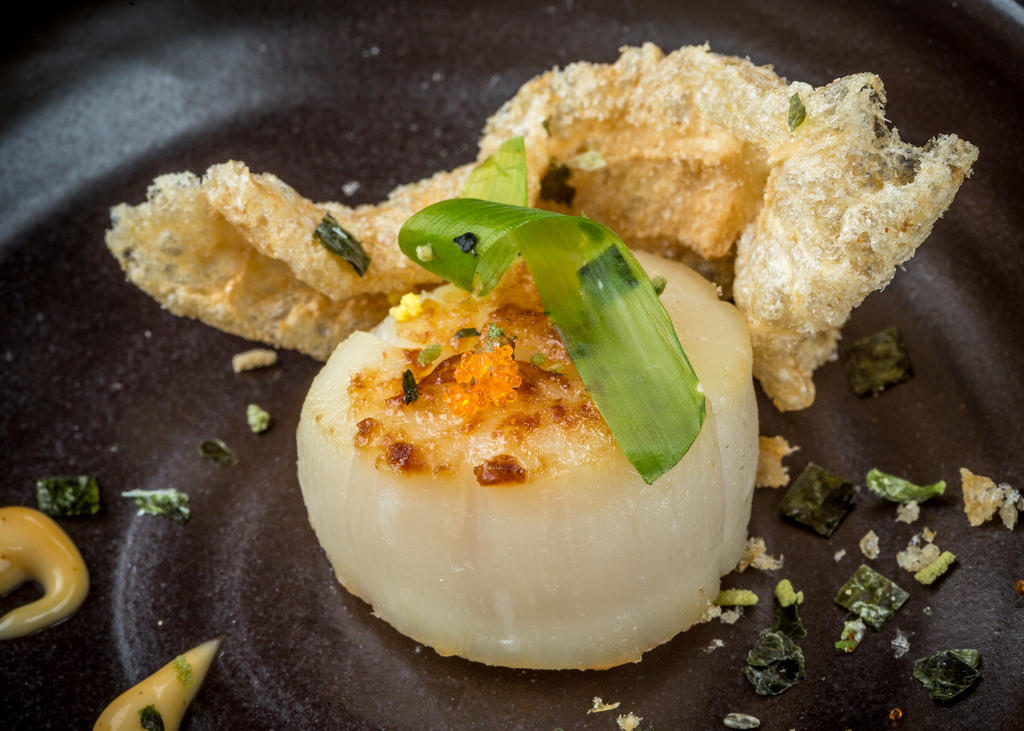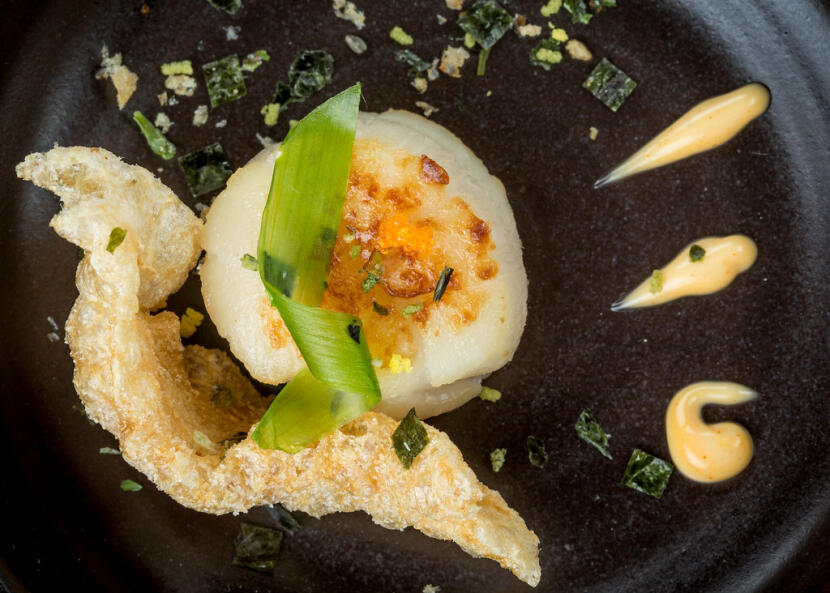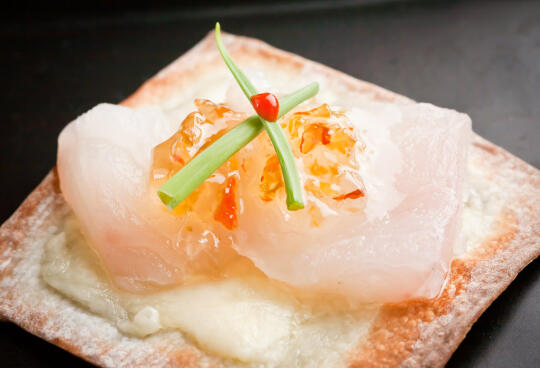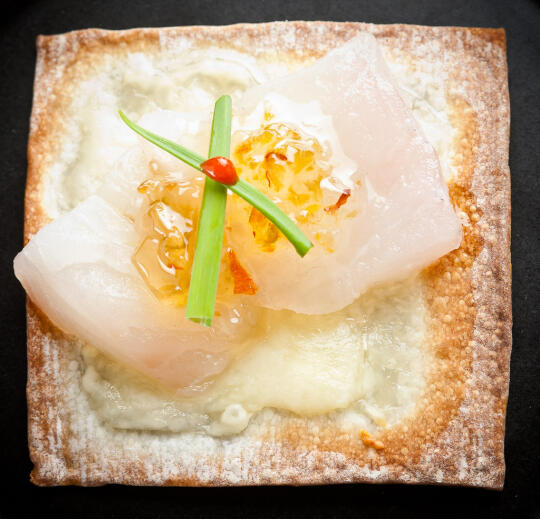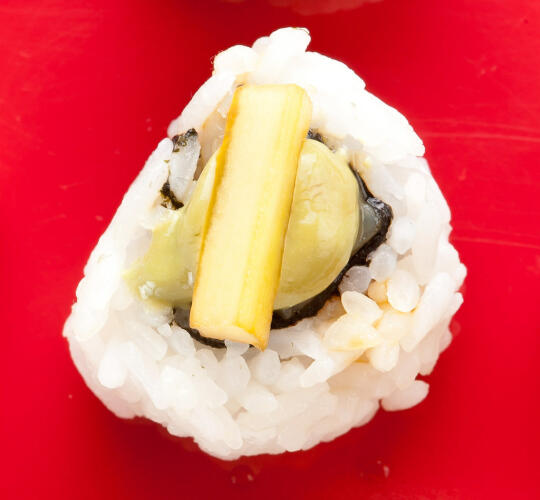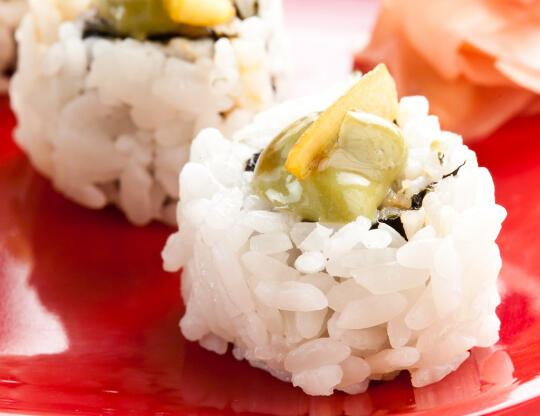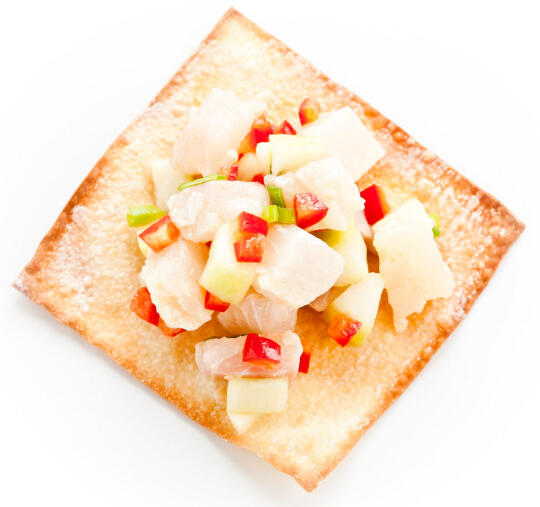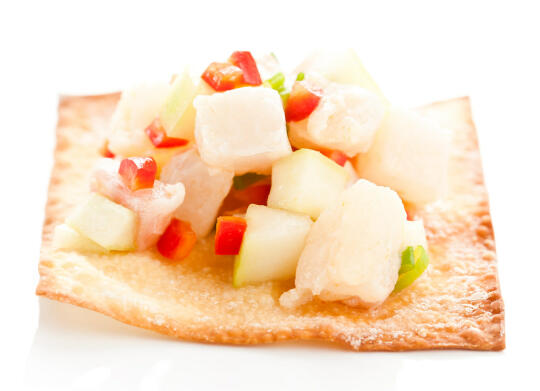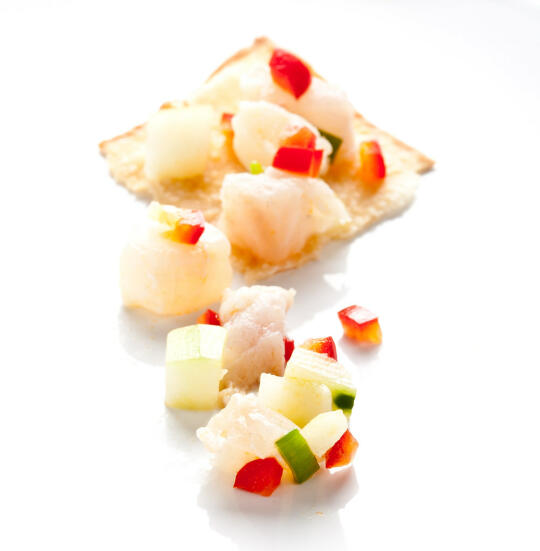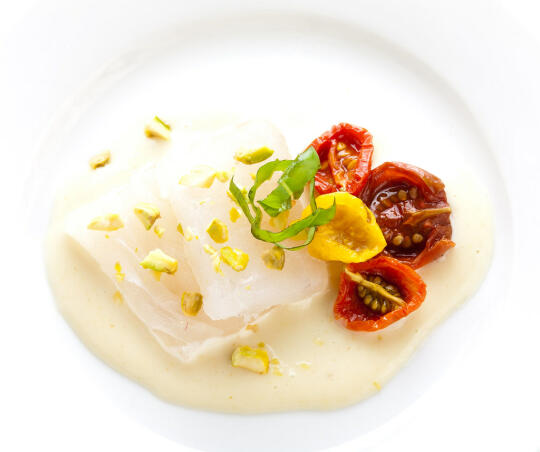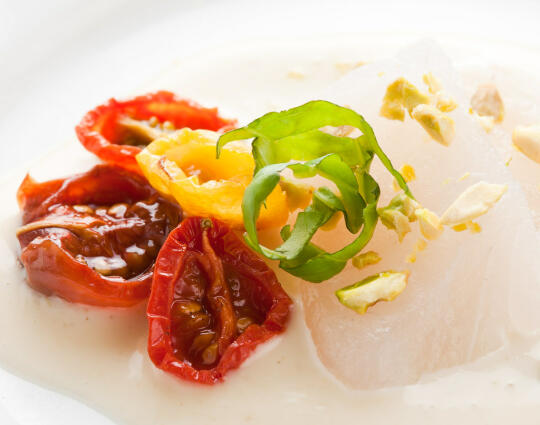
Congratulations to Katharine for her suggestion that Jell-O would NOT go well in wontons (can you imagine even trying? What an impossible mess that would be!) and to Cathy for her delicious-sounding suggestion of matcha pastry cream in a wonton, topped with a cherry sauce. They were the winners of our latest Sushi Day contest!
Thanks so much to everybody who entered!

If you’ve been reading Sushi Day for at least a year, or know anything about which seafood are sustainable and which aren’t, then you’re probably aware that unagi is on the list of very unsustainable seafood.
Which sucks. Because a lot of people really love unagi. Ourselves included.
So a year ago, I came up with my own version of a sustainable replacement for unagi, using catfish. Personally, I really love this, because the taste and texture are very similar to unagi.

But there’s been another recipe that’s been out there for a while too – I was aware of it when I came up with my version, although I didn’t use it. But after dining at Tataki and receiving some absolutely beautiful black cod as a gift from the guys at I Love Blue Sea, I knew I had to finally try Tataki’s recipe for faux-nagi.
The verdict? Well, I knew it was going to be good. And if you have access to all the ingredients, it’s definitely worth it.
(But if you can’t find good black cod, or some of the more exotic ingredients… I still think my version is pretty darn good too.)

Recipe originally from here.
Ingredients
- 1 1/2 lbs black cod fillet
- 1 large sheet konbu (kelp)
- 1/4 c water
- 1/4 c shoyu
- 1/4 c sugar
- 1 1/2 tbsp mirin
- 1 1/2 tbsp sake
- handful katsuobushi (skipjack flakes)
- 1 tbsp potato starch
- sea salt
- sesame seeds
- extra sake
Cooking Directions
- Sprinkle both sides of the black cod fillets with salt. Cover the fillets with plastic wrap and refrigerate for 15–20 minutes.
- Rinse the fillets with very cold water. Blot dry with a paper towel.
- Tear the konbu into pieces the size of your fillets. Wet a new paper towel with sake and use it to moisten the konbu. Sandwich the black cod between pieces of sake-moistened konbu. Cover the fillet in plastic wrap and refrigerate for 30–40 minutes. Remove the konbu and return the fillet to the refrigerator.
- Mix the shoyu, sugar, mirin, and katsuobushi with 1 1/2 tbsp of sake and 1 1/2 tbsp of water in a saucepan. Bring to a boil, then lower the heat and simmer for about 10 minutes. Drain and remove the katsuobushi, then set the sauce aside.
- In a small bowl, combine 4 tbsp of cold water with 1 tablespoons of potato starch to create a thickener. Return the sauce to a boil then lower heat to a simmer. If desired, gradually add the potato starch thickener to the sauce, until the desired consistency is reached. (You may not use the entire batch of thickener.) Remove from heat and let cool.
- Slice black cod into portions into pieces approximately 1″x2″. Lightly char one side of the fish with a small butane torch or sear it very briefly in a hot saucepan. Drizzle with the sauce and sprinkle with sesame seeds. Serve nigiri style, or with a bowl of rice.
Coming Soon!
Percent Daily Values are based on a 2000 calorie diet. These values are only estimates based on the individual ingredients, and not meant to replace the advice of a medical professional.
